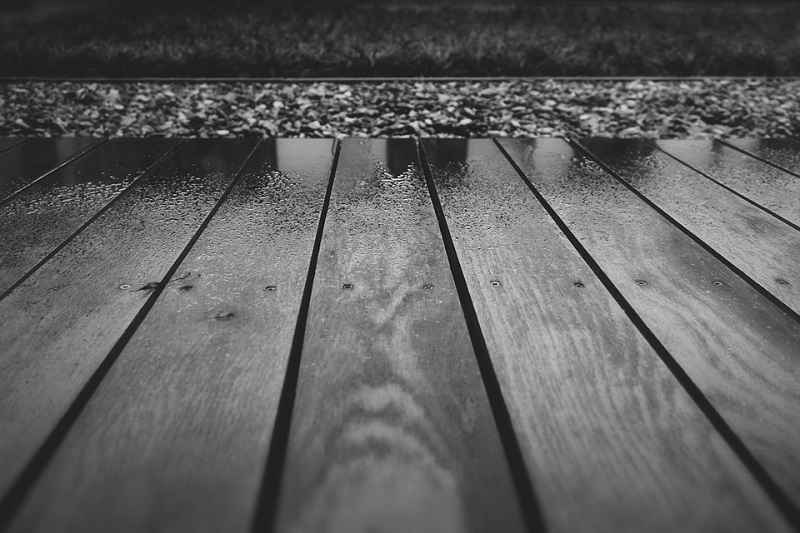What are the standard decking considerations?
Published: 31/03/21 By: Mike Bekin
Trying to identify the best outdoor decking board dimension for your brand-new project? Or maybe you’re replacing brand-new boards on an existing deck?
Regardless, to assist you in establishing the ideal decking board dimensions for your job, allow us to start with the essentials, let’s start with joists.
Joists are the core of your deck framework. If you have ever looked at a wooden deck from below, you’ve seen its joist structure.
They are usually placed upright (for strength) and fastened to your home at one end. Joists secure the decking boards, which are fastened onto the joists from above.
Joists are commonly spaced out evenly so as to spread the load, as well as for stability, simplicity of installation, and a clean look.
The section size and the span between joists is a very important matter of safety and should be calculated with the help of a professional.
Deciding dimensions
Now it’s time to think of the boards. Outdoor decking boards can be found in varying dimensions.
The usual sizes are 19×90, 21×145 and 28×145 because they come from standard sawn sizes (25×100, 25×150 and 32×150).
Consider strength
There are two aspects that establish your required board width: Timber strength and joist spacing.
Let’s start with strength, which in this case if measured as the distance a deck board can span between 2 joists. The broader your joist spacing, the stronger decking board you’ll need. Different wood species have different strengths.
Softwood trees, such as treated pine and western red cedar, generally offer weaker timber, but are easier to work with. Hardwoods, such as Cumaru, are exceptionally solid – but require a bit more woodworking skill when installing or if the boards need to be altered.
Durability
Durability is another key element to be considered. This is measured in the number of years that the decking (and joists) will be safe to use and enjoy – also known as life service.
Pine is not very durable; left to its own devices it will rot quicker than other more durable species. So the timber trade usually impregnates Pine (as well as Spruce and Douglas Fir) with chemicals that help lengthen its life service.
Naturally durable timbers, such as Ipe, don’t need any chemical treatment – they will last many years, even without any treatments.
Pitfalls of plastic
There is currently a trend in using composite decking materials. However, these are not wood and today, most people recognize the ecological dangers of using chemicals as well as plastics.
However, among the lesser-known drawbacks is that they can become dry and brittle, which then calls for joists to be put very close together.
If your joists are too far apart, the boards will flex as you walk over them. In time, the boards can develop “deck gullies” as well as frequently fracture or indeed snapping.
The slim joist spacing needed by composite decks increases the expense of your project (more joists = more money) and additionally, the time to install the whole deck area (even more joists = more job).
Width matters
Many people think the width of the board is totally cosmetic or a matter of cost. But, the width of the board is crucial where dimensional security is needed. The narrower the decking board, the less it will move.
We hope this has been helpful in your outdoor deck planning. Feel free to take a look at the decking products we have available on our site.
